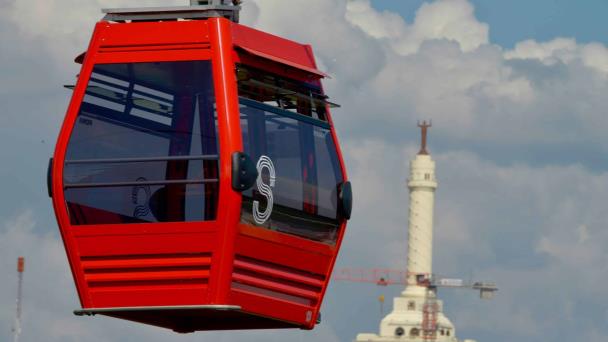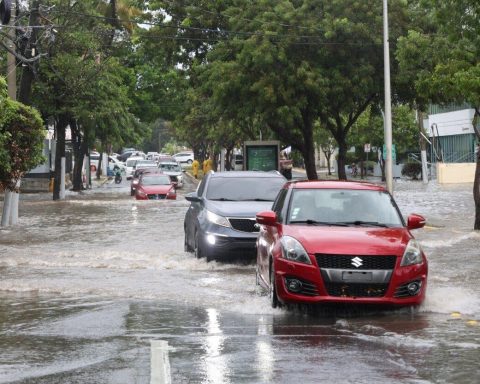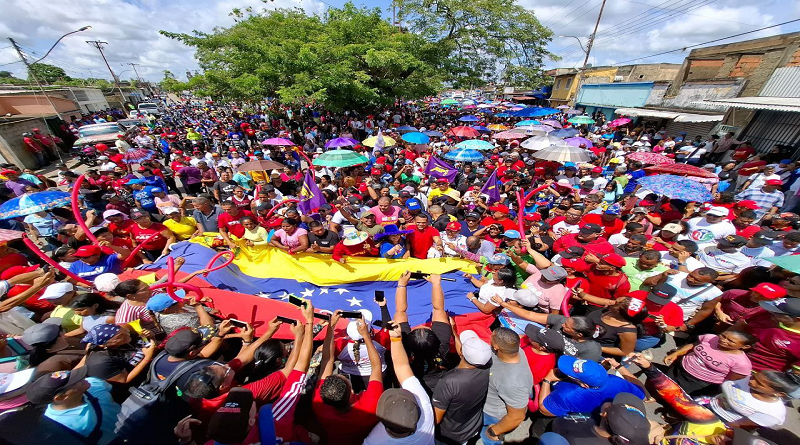Since last March 17, the date on which the operations of the cable car of Santiagothe middle of transport by wire has operated uninterruptedly with a demand much lower than estimated by the project designers.
The funicular has the capacity to transport 4 thousand people per hour in each direction, being able to mobilize more than 64 thousand passengers daily residing in sectors of the southwest of the city.
However, an average of 60 thousand users board the cabins of said system each month, according to the data offered to Free Diary by the Trust for the Development of the Mass Transportation System of the Dominican Republic.
The statistics establish that the greatest demand is recorded on weekends, when the population uses it for tourism internal.
Julio José Ramírez, in charge of operations cable car of Santiagopoints out that when a system of transport is new, the flow of passengers is low, while users they adapt.
According to what he says, it takes two to three years for it to operate at capacity, during which the user creates the habit of using the new one. system of transport. “He cable car of Santiago is no stranger to that behavior,” he says.
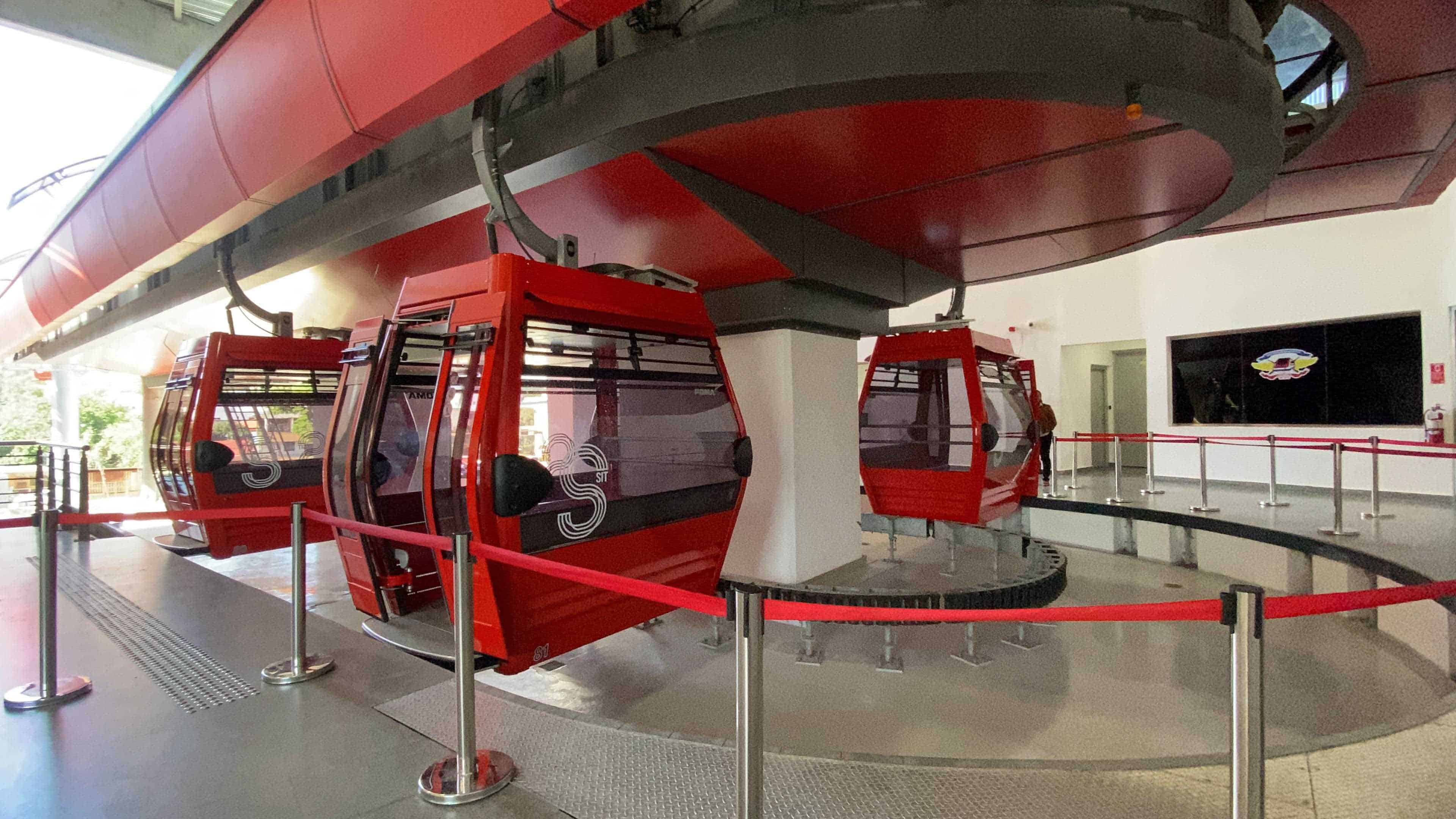
The official’s expectation is that over time the system consolidate your claim. Understand that they will have a increase significant number of passengers when the monorail. Both means of transport will be connected to the central terminal and the users They will be able to move from one system to another without having to pay additional to the cost of the ticket, which is RD$35.
Reynaldo Peguero, executive director of the Council for the Development Strategic Santiago (CDES), agrees with Julio José Ramírez.
The executive of the development entity assures that the impact of that system will be related to the implementation of the monorailas well as the construction of the second stage of the cable carcontemplated until the Peking sector, crossing the Autonomous University of Santo Domingo (UASD), in La Barranquita.
“Until you have completed both works you have to do an intermediate analysis. You are missing the large amount of population that is going to move towards UASD of the popular neighborhoods that it has Santiago“.
Peguero, who has been working with the Trust for the Development of the Mass Transportation System of the Dominican Republic since they began to design both means of transportation. transportexplained that the cable car was built in the journey current after carrying out a study of demand, origin and destination. The analysis indicates that a significant part of the residents in Beijing, south of Santiagowill head towards La Barranquita and Bella Vista through the future extension of the middle of transport by wire.
Routes feeders
The little flow of passengers of cable car It also has to do with the fact that up to now the routes feeders.
“Many people prefer to use the car of concho because we passed by the same front of their houses. To go to the stops they would have to walk a little bit,” declared a bus driver. car public of the route that runs through part of the journey of the system. The driver, who asks to reserve his name, maintains that passengers prefer them even though their services triple the time to reach their destination, due to traffic congestion. transitin relation to the travel period on the funicular.
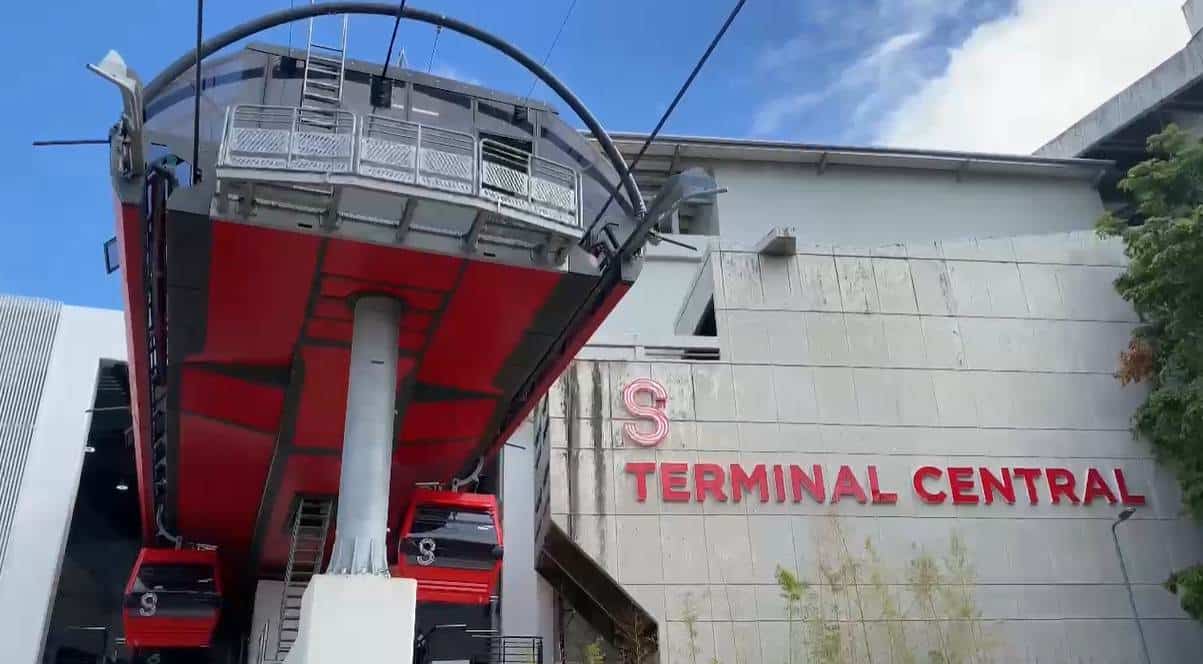
The complete tour of cable carfrom the central station to the last stop on the Yagüita Pastor, lasts approximately 10 minutes. Other areas of influence of the system They are Bella Vista, Loma de la Tayota, Reparto Peralta and other subsectors. Users of the routes of the concho adjacent to the middle of transport by wire They consider that demand would increase if the authorities decide to include an extension to La Herradura and Villa Bao, where they claim a significant number of people who live in the Historic Center of Santiago.
“I, who travel to the city center every day, guarantee you that this also helps to continue the decongestion vehicularwhich continues to be chaos in that area,” said Jesús Rodríguez, a resident of La Herradura.
The Santiago cable car is a cable transport system, made up of cabins with detachable clamps. The work is part of the new integrated transportation system, which, together with the monorail, is being built by the current Central Government to improve traffic in the city. This first section of the system includes 4 kilometers, which go from the La Yagüita del Pastor sector to the terminal central in Las Carreras, in the central part of the “Heart City”, with a total of four stations. The work was inaugurated by President Luis Abinader within the framework of his re-election campaign. Its main objective is to provide the municipality with Santiago of a collective transport service, which improves internal mobility and allows connection with other modes of transport, making it easier for citizens to travel to their places of work, study and leisure.
